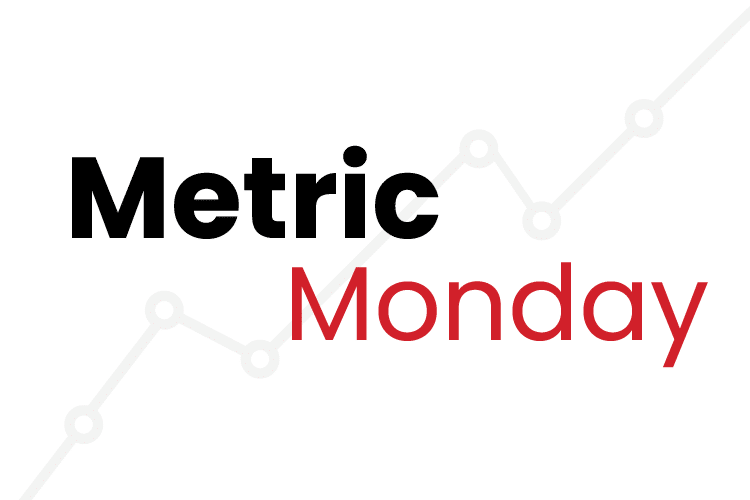Opinions on tipping vary widely depending on who you ask. Some view it as a way to incentivize better customer service, while others argue it’s a way for businesses to pass off labor costs to customers. In some countries, tipping might be considered a faux pas, or at the very least, a way to identify yourself as a tourist. In the Tarantino universe, you might not tip at all.
Plenty of research has been done on the factors, both personal and psychological, that impact customer tipping, and the results may surprise you. For example, one study found that performing a magic trick at the table might actually have a higher impact on tips than better service.
There’s also a general correlation between economic environment and tipping. During the global economic downturn in 2008 and the more-recent COVID pandemic, it was found that people cut back on tips. With many experts warning of a looming recession, tipping could fall again in 2023.
The Changing Tip Culture
There have been many changing trends in tipping culture in the US since the pandemic. With the rise of technology and cashless payments, many businesses are implementing automatic tipping options. According to Toast, 48% of quick-service restaurants now give customers the option to tip, up from 38% in 2020. On the opposite side of the spectrum is a growing movement towards eliminating tipping altogether and instead implementing a service charge or higher base wages for employees.
In the hospitality industry, some hotels and resorts have experimented with all-inclusive pricing models that eliminate the need for tipping altogether. This can simplify the guest experience and ensure that employees are compensated fairly, but it also requires a significant shift in how the industry operates.
Overall, the trend towards eliminating or reducing tipping is still in its early stages, and it remains to be seen whether it will become more widespread. However, the debate around the issue highlights the ongoing challenges of ensuring fair compensation for service workers in a rapidly changing economy.
How Do Restaurants Manage Tips?
Restaurants typically have a system in place for managing tips. In the United States, it is common for servers to receive a lower hourly wage and rely on tips to make up a significant portion of their income.
The restaurant then collects the tips and distributes them to the servers based on a predetermined system. Some restaurants use a pooling system, where all tips are combined and then divided among the servers, while others allow servers to keep their individual tips.
In either case, the restaurant may keep a portion of the tips to cover credit card processing fees or other administrative costs. It is important for restaurants to follow labor laws and ensure that all employees are receiving a fair wage, including any tips that they are entitled to.
Tipflation
“Tipflation” is a phenomenon that refers to the increase in the expected amount of tips by customers over time, often due to cultural or societal changes. Some experts believe that tipflation can be influenced by several factors, such as rising cost of living, increases in minimum wage, and social norms. Some restaurants may encourage higher tipping by providing suggested tip amounts or setting a higher tip percentage as the default option on their POS.
One consequence of tipflation is that it can create a perception that a lower tip is inadequate, leading to social pressure to tip more generously. This can put pressure on customers to spend more money than they may have budgeted for, especially in situations where the cost of the meal or service is already high.
Who qualifies as a tipped employee?
According to the United States Department of Labor, under the Fair Labor Standards Act (FLSA), “tipped employees are those who customarily and regularly receive more than $30 per month in tips.”
However, regulations around tipped employees can vary widely by state, making compliance more complex for multi-state restaurant businesses. For example, in Colorado, tipped employees are defined by the same FLSA standards, but their basic combined cash and tip minimum wage rate is $12.00. In states like Massachusetts, however, $20 in monthly tips qualifies as a tipped employee, and the tip minimum wage is $12.75.
The Impact Of Restaurant Technology
Restaurant management software has helped streamline tip management for many restaurants, allowing for adjustments to the existing tips that have been imported from the POS. By importing tips automatically, restaurants have the ability to indicate tip totals that were already paid in cash or that should be included in paychecks, as well as the ability distribute tips between all tipped employees. This removes the chance of human error.
These tools better tracking of tips at your restaurant. Once tips have been imported, an audit log can be requested that will be located on each employee punch sidesheet to show who made edits to the tips, as well as the date, time, and updates that were made.
Conclusions
The pandemic has brought about changes in tipping culture, including a rise in technology and cashless payments and a growing movement towards eliminating tipping altogether. As tipping culture continues to change, restaurant technology will continue to play a major roll in the process, and therefore make a major impact.



